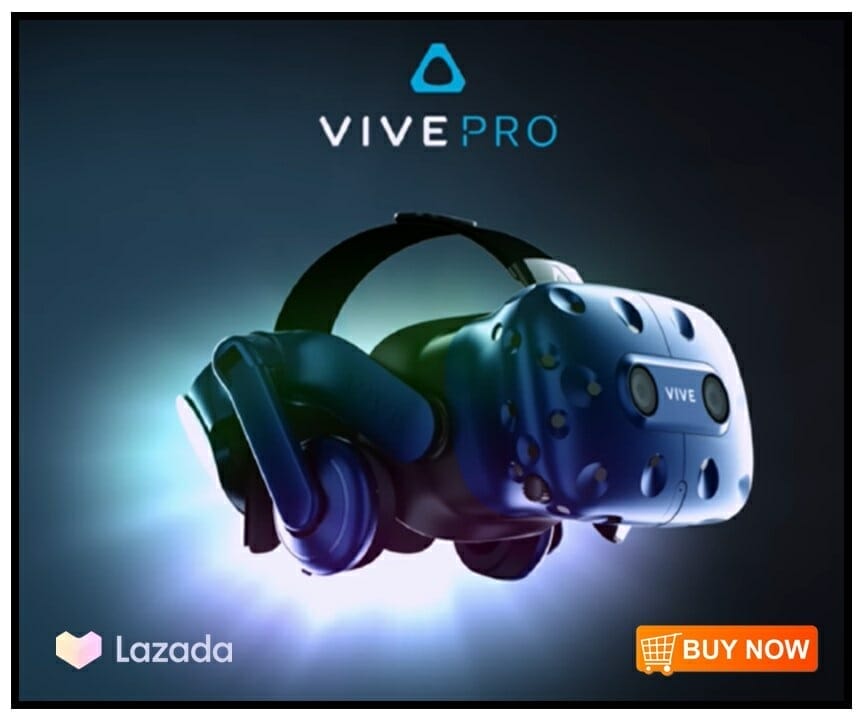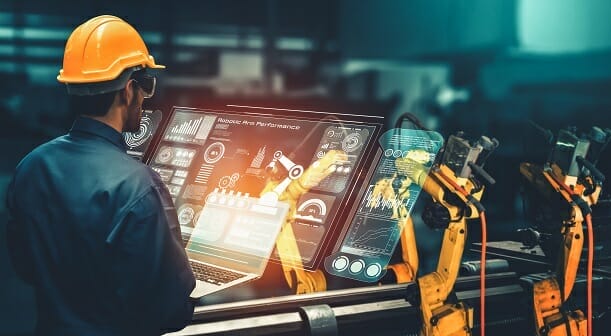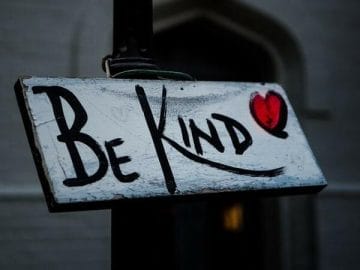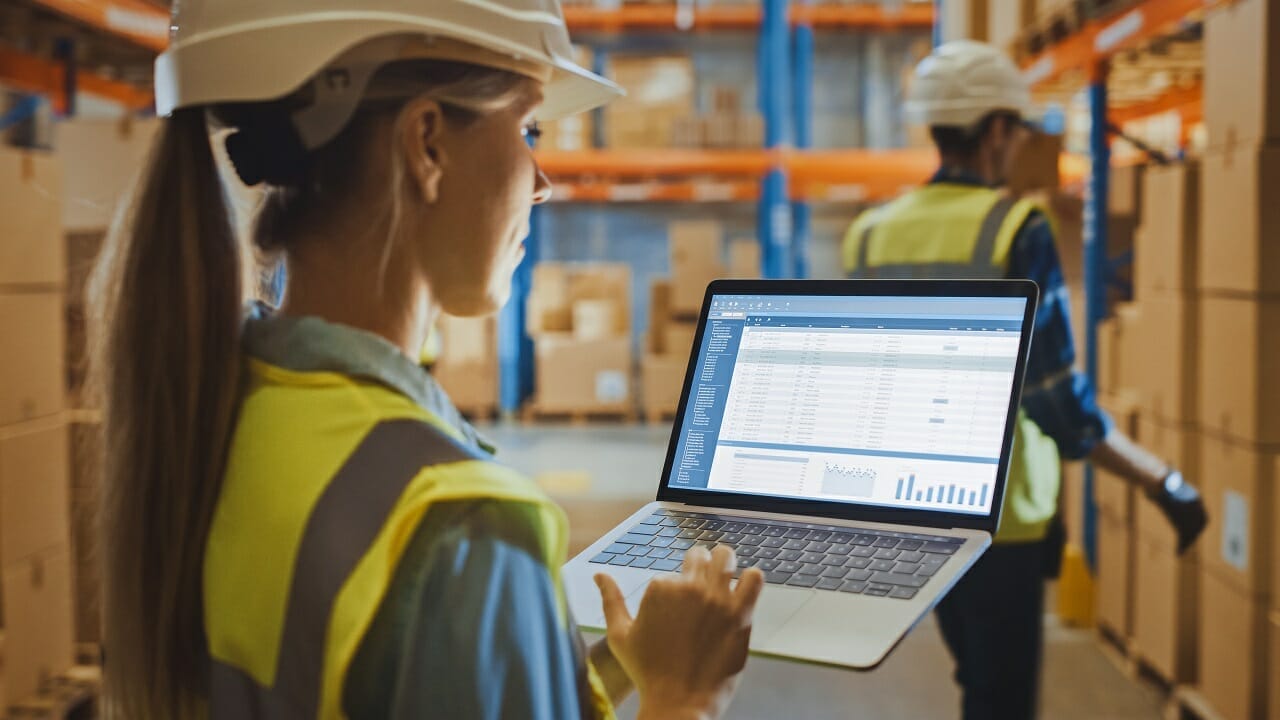The world of engineering demands a variety of different disciplines, not least when it comes to mass production. Mass production ensures the entire manufacturing process has a leaner approach, which can yield many positives, but also some negatives, especially in relation to high-specification vehicles, which demand a level of finesse. Mass production is still a relatively new concept that only came to fruition in the late 1910s and early 1920s, but what are the benefits of mass production and the downsides?
The Advantages
Mass-produced items are commonplace, from clothes to beverages, and in the motoring industry, there can be a variety of mass-produced components like private number plates and engine parts. There are many advantages, including the following:
Lower Cost
This enables companies to produce a larger quantity of items with fewer employees. Manufacturers use machines to produce goods quicker, which allows companies to sell their products at a competitive price without losing profit. When we talk about mass production in terms of machinery, we are now at a precipice, especially in relation to AI and robotics.
Increased productivity
The production helps to manufacture large volumes in far less time, for example, the iPhone can be produced at a rate of half a million per day. Advancing technology has made a massive difference here. For the purposes of business brand and productivity, it makes sense that the products are the same, resulting in greater control over the quality. This also feeds through to the customer, so they know what to expect.
Fewer Errors
Machines need to perform specific tasks, and therefore, they will make fewer mistakes than humans. Human error is something we have to bear in mind but machines are autonomous workers, so do not get distracted or perform poorly due to human problems like being sick.
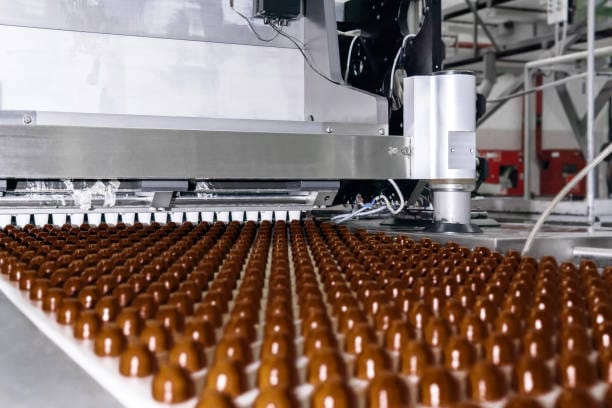
The Disadvantages
Mass production is a major part of the economy, but it still has some disadvantages, including the following:
The Impact on Employee Well-Being
For employees who need to do repetitive work, this can have a detrimental impact on employee well-being, resulting in isolation, boredom, or feeling unmotivated, naturally impacting productivity.
No Flexibility
Specialized machinery has been created to do a specific job, therefore, it takes a long time to embed changes. It also means there could be errors in production, resulting in a lot of time needed to redesign the process, resulting in lost time, energy, and costs. It is harder than ever for businesses to be flexible because of mass production.
The Environmental Impact
Factory settings can cause a significant carbon footprint. According to UNESCO, many manufacturing processes create pollutants naturally, which can contribute to rising water pollution, and will release toxic chemicals like lead into the environment.
As you can see, there are a variety of components to consider when it comes to the engineering industry and mass production. We need to look at how these components cause a greater impact on the world at large and how it hinders the business itself. There are many benefits and disadvantages beyond these, which is why anybody looking to make changes to their operation should consider the big picture.



